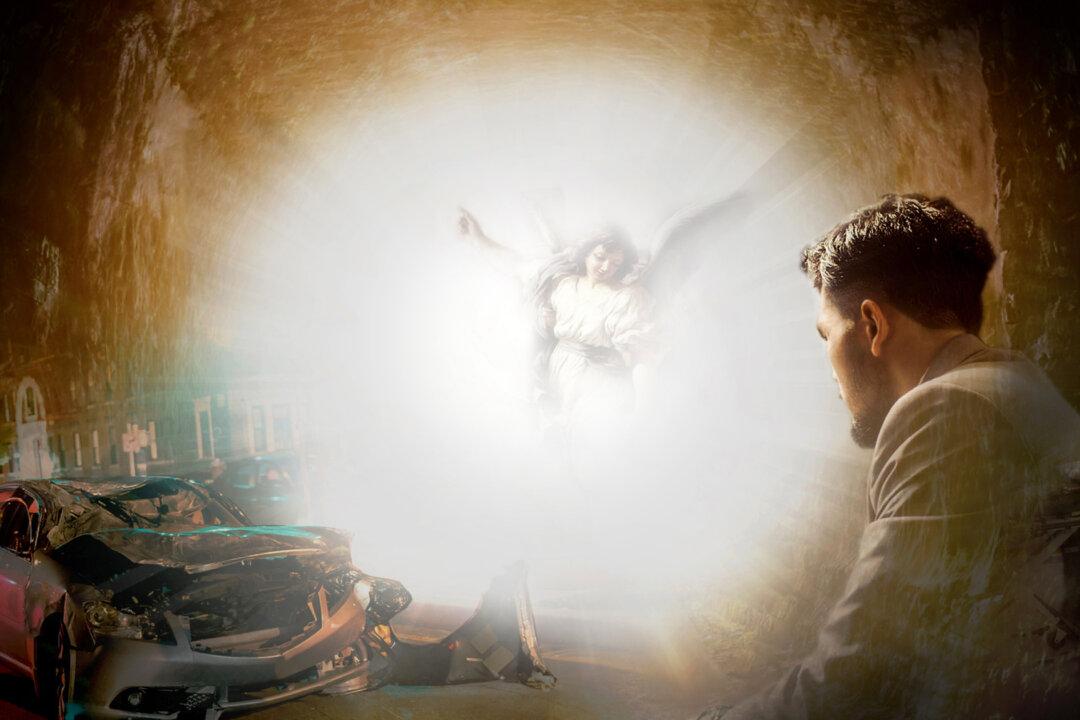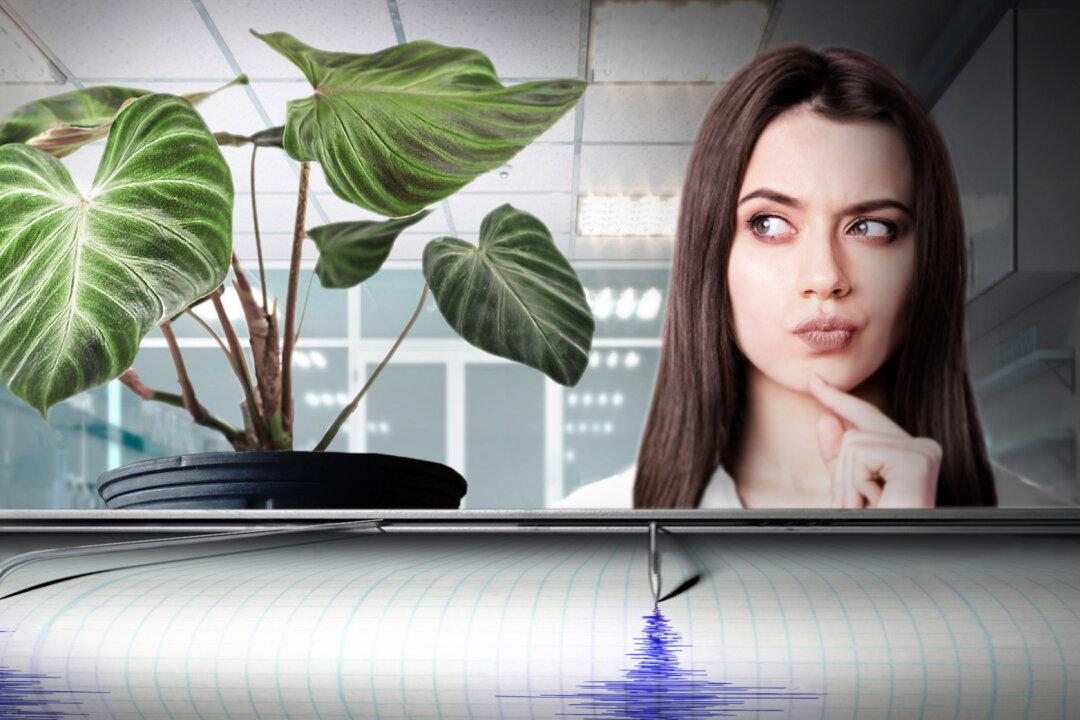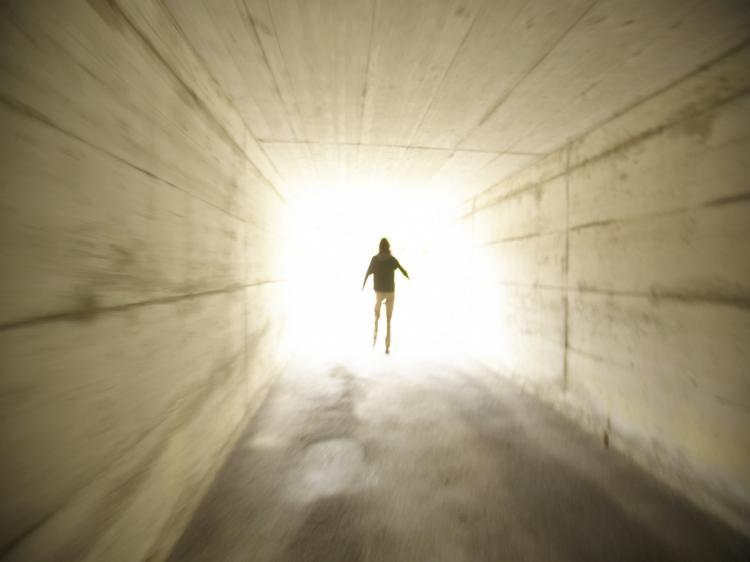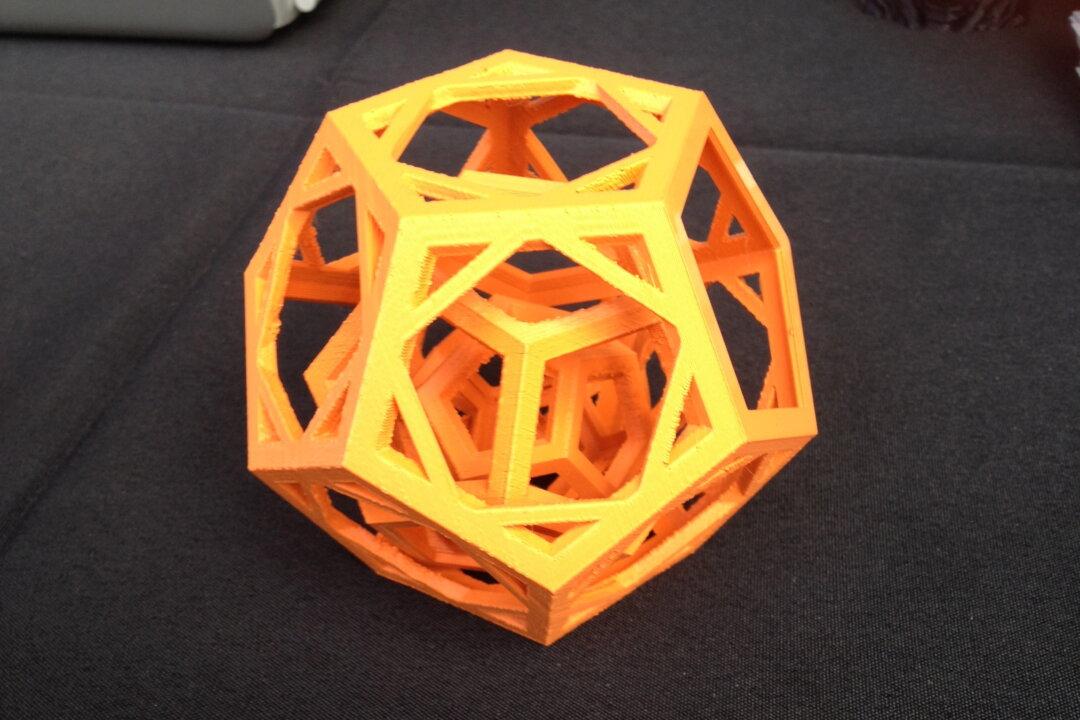Quantum physics confronts the would-be discoverer with one of the most enduring conundrums modern science has to offer, what renowned physicist Richard Feynman described as “the only mystery.” The name it has been given—the double-slit experiment—sounds far simpler that its enigma.
This experiment has been made more mysterious now with research revealing a strange connection between mind and matter and how mental practices like meditation may even influence quantum phenomena.






